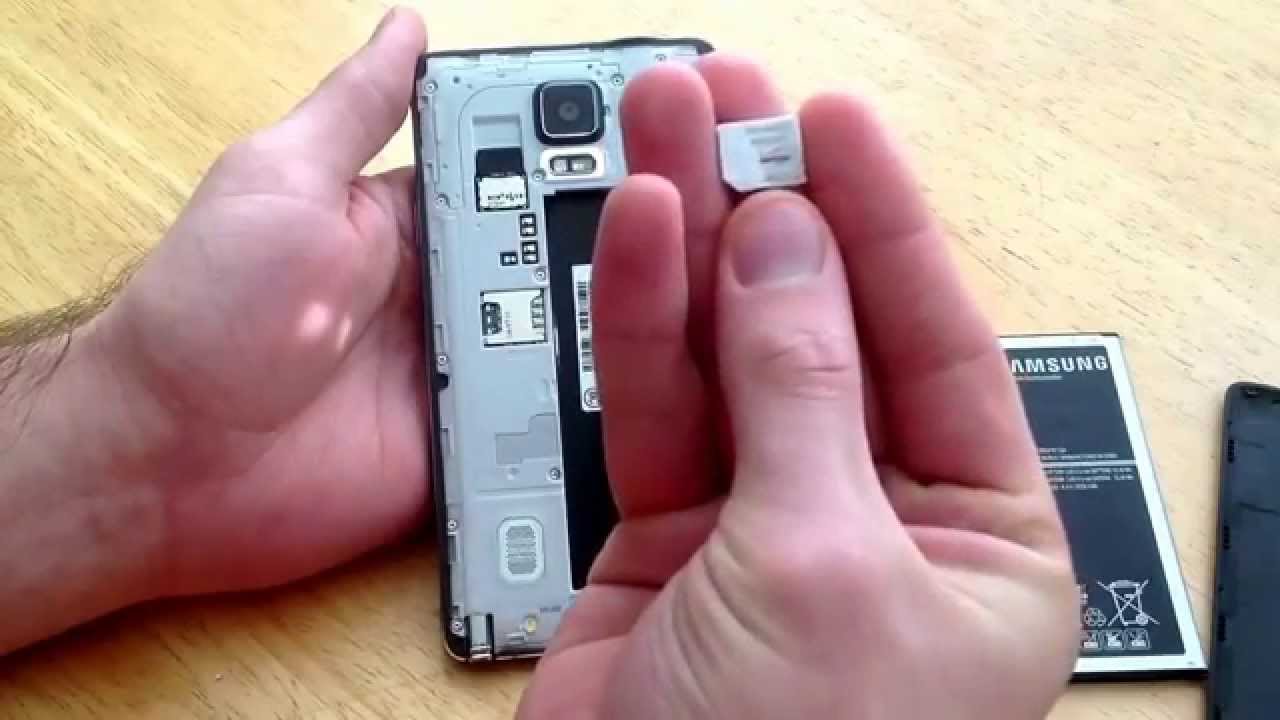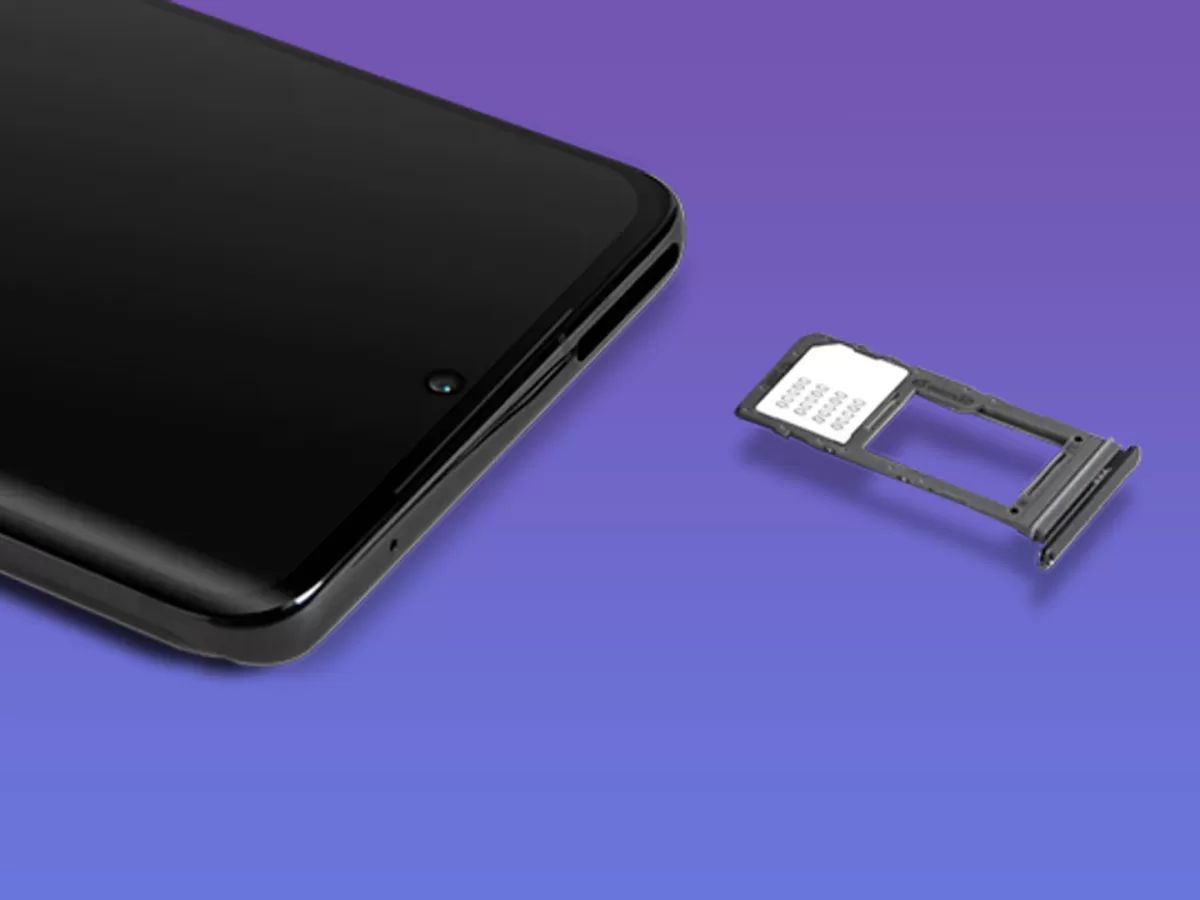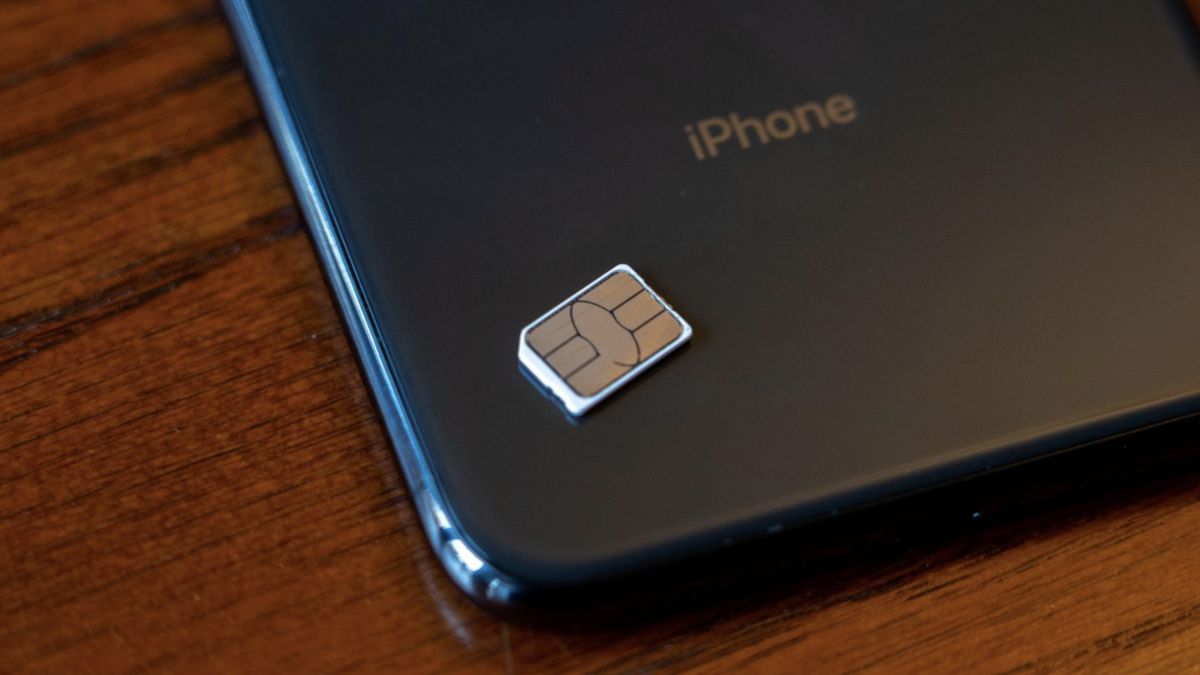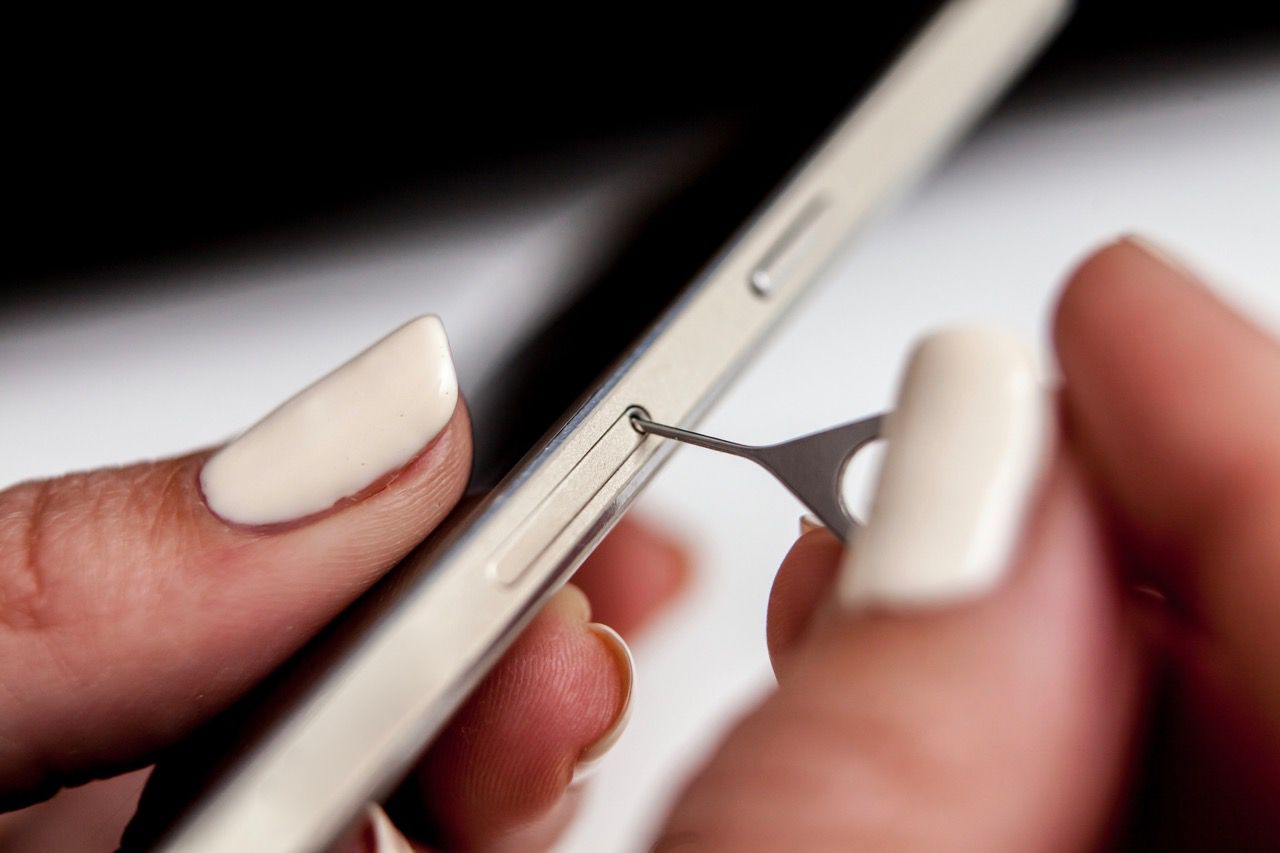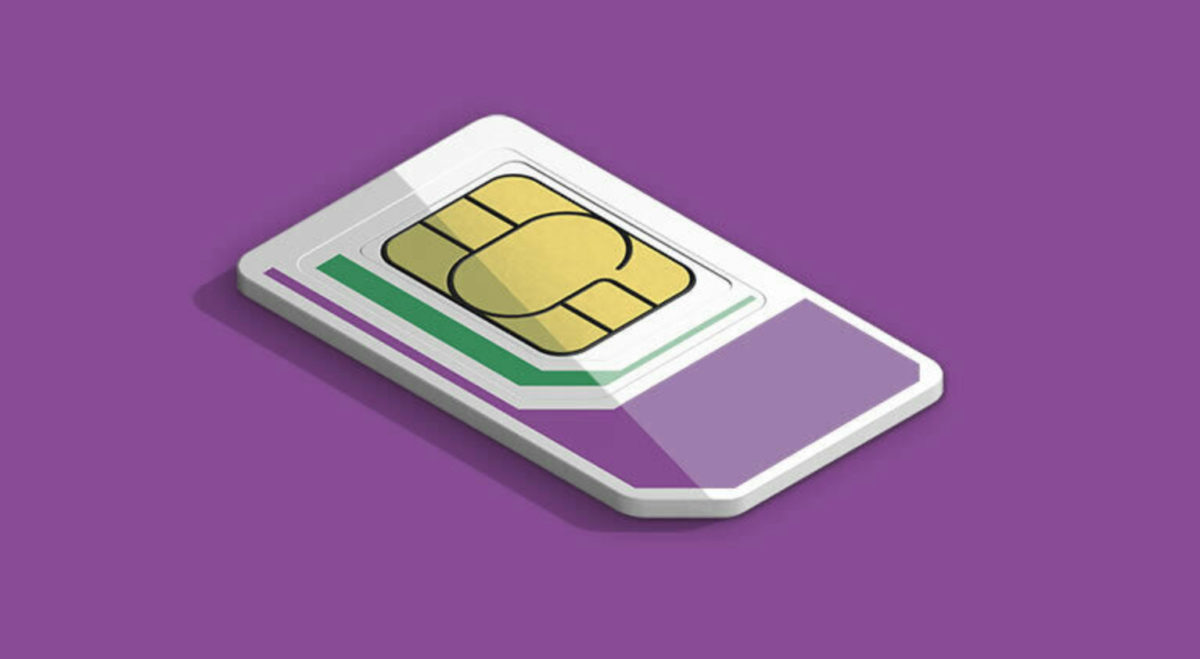Introduction
Removing a SIM card from a mobile device is a task that many of us may need to undertake at some point. Whether you're switching to a new phone, troubleshooting connectivity issues, or simply replacing your SIM card, it's essential to understand the correct procedure for safely removing a SIM card. While it may seem like a straightforward process, mishandling the SIM card or the device itself can lead to potential damage. By following the essential steps outlined in this guide, you can ensure that the process is smooth and risk-free.
Safeguarding your SIM card and mobile device during the removal process is crucial to prevent any potential damage. Furthermore, understanding the correct steps for removing a SIM card can save you from unnecessary frustration and potential technical issues down the line. This guide will walk you through the necessary precautions and steps to safely remove a SIM card from your device, empowering you to handle this task with confidence and ease.
Whether you're a seasoned mobile device user or a newcomer to the world of smartphones, understanding the fundamentals of SIM card removal is a valuable skill. It's a task that may arise unexpectedly, and being prepared with the right knowledge can make all the difference. So, let's delve into the essential steps for safely removing a SIM card from your device, ensuring that you can navigate this process seamlessly and with peace of mind.
Step 1: Power off the device
Before embarking on the process of removing a SIM card from your mobile device, it is crucial to power off the device. This step is essential as it ensures that the device is in a safe and stable state for the SIM card removal process. By powering off the device, you minimize the risk of causing any disruption to the system or damaging the SIM card itself.
To power off your device, locate the power button, typically located on the side or top of the device. Press and hold the power button until the shutdown options appear on the screen. Select the "Power Off" or "Shut Down" option to initiate the powering down process. Once the device has completely powered off, you can proceed to the next step with the confidence that the device is in a safe state for SIM card removal.
Powering off the device serves as a precautionary measure to prevent any potential data loss or damage to the SIM card. It ensures that the device is not actively processing any information or transmitting data, reducing the risk of interference during the SIM card removal process.
By adhering to this important initial step, you set the stage for a smooth and risk-free SIM card removal experience. Taking the time to power off the device demonstrates a proactive approach to safeguarding both the device and the SIM card, ultimately contributing to a seamless and successful SIM card removal process.
In summary, powering off the device is the first and critical step in the process of safely removing a SIM card. By following this fundamental precaution, you lay the groundwork for a secure and trouble-free SIM card removal experience, setting the stage for the subsequent steps in the process.
Step 2: Locate the SIM card tray
Locating the SIM card tray is a pivotal step in the process of safely removing a SIM card from your mobile device. The SIM card tray houses the SIM card and is designed to secure it within the device. Properly identifying and accessing the SIM card tray is essential for executing the subsequent steps with precision and care.
The location of the SIM card tray varies across different device models, but it is commonly positioned on the side of the device. In some devices, the SIM card tray may be located on the top or bottom edge. To determine the exact placement of the SIM card tray on your specific device, refer to the device's user manual or manufacturer's instructions.
Once you have identified the general area where the SIM card tray is situated, inspect the device for a small pinhole or a removable panel. The presence of a pinhole or a panel indicates the access point to the SIM card tray. In the case of devices with a removable panel, gently slide or pry the panel open to reveal the SIM card tray. For devices featuring a pinhole, you will need to utilize a SIM eject tool or a paperclip to access the SIM card tray.
It's important to handle the device with care and precision during this step, ensuring that you do not apply excessive force or cause any damage to the exterior components. Taking a methodical and gentle approach to locating the SIM card tray minimizes the risk of unintended damage to the device and facilitates a smooth transition to the subsequent steps.
Identifying and accessing the SIM card tray sets the stage for the subsequent steps in the SIM card removal process. By proceeding with attentiveness and precision, you pave the way for a successful SIM card removal experience, ultimately safeguarding the integrity of both the SIM card and the device itself.
In summary, the process of locating the SIM card tray is a crucial component of safely removing a SIM card from a mobile device. By carefully identifying and accessing the SIM card tray, you establish a solid foundation for the subsequent steps, ensuring a seamless and risk-free SIM card removal process.
Step 3: Eject the SIM card tray
Ejecting the SIM card tray is a pivotal step in the process of safely removing a SIM card from your mobile device. Once you have located the SIM card tray, the next step is to carefully eject the tray to gain access to the SIM card. This step requires precision and attention to detail to ensure that the SIM card and the device remain undamaged throughout the process.
To eject the SIM card tray, you will need a SIM eject tool or a paperclip. These tools are designed to fit into the small pinhole located near the SIM card tray. Insert the SIM eject tool or unfolded paperclip into the pinhole with gentle pressure until the tray is partially ejected from the device. It's important to exercise caution and avoid applying excessive force during this step to prevent any damage to the device or the SIM card tray.
Once the SIM card tray is partially ejected, carefully slide it out from the device. Take care to hold the tray level to prevent the SIM card from dislodging or becoming damaged. The SIM card tray is designed to securely hold the SIM card in place, and by handling it with care, you can ensure that the SIM card remains intact and undamaged.
As you eject the SIM card tray, it's essential to maintain a steady and deliberate approach, avoiding any abrupt movements that could compromise the integrity of the SIM card or the tray itself. By exercising patience and precision during this step, you set the stage for a seamless transition to the subsequent steps in the SIM card removal process.
Ejecting the SIM card tray requires a delicate touch and attentiveness to detail. By following the correct procedure and handling the tray with care, you can safeguard the SIM card and the device, ultimately contributing to a successful and risk-free SIM card removal experience.
In summary, the process of ejecting the SIM card tray is a critical element in safely removing a SIM card from a mobile device. By approaching this step with precision and caution, you ensure that the SIM card and the device remain secure and undamaged, setting the stage for the final steps in the SIM card removal process.
Step 4: Remove the SIM card
After successfully ejecting the SIM card tray, the next crucial step is to carefully remove the SIM card from the tray. The SIM card is a small, rectangular chip that stores vital information related to your mobile network connectivity. Ensuring that the SIM card is removed without any damage is essential to maintaining its functionality and preserving the integrity of your mobile device.
To remove the SIM card, gently slide it out from the tray, taking care to handle it with precision and delicacy. The SIM card is designed to fit securely within the tray, so it's important to avoid bending or applying excessive pressure during the removal process. By maintaining a steady and controlled approach, you can prevent any potential damage to the SIM card, ensuring that it remains fully operational when reinserted into the device or transferred to a new one.
As you handle the SIM card, be mindful of its small size and delicate components. Avoid touching the metal contacts on the card, as these are essential for establishing a connection with the device and the mobile network. Additionally, refrain from exposing the SIM card to moisture or extreme temperatures, as these factors can compromise its functionality.
Once the SIM card has been safely removed from the tray, place it in a secure location, such as a SIM card holder or a protective case, to prevent any accidental damage or loss. Storing the SIM card in a designated holder ensures that it remains protected and readily accessible for future use.
By approaching the process of removing the SIM card with attentiveness and care, you safeguard its functionality and longevity, ultimately contributing to a seamless and risk-free SIM card removal experience. With the SIM card safely removed from the tray, you are now prepared to proceed to the final step in the process – reinserting the SIM card tray into the device.
In summary, removing the SIM card from the tray demands a meticulous and delicate approach to ensure that the card remains undamaged and fully functional. By handling the SIM card with precision and care, you set the stage for a successful and secure SIM card removal process, paving the way for subsequent device maintenance or SIM card replacement.
Step 5: Reinsert the SIM card tray
After safely removing the SIM card from the device, the final step in the process is to reinsert the SIM card tray. This step is crucial to ensure that the SIM card is securely placed back into the device, ready to resume its essential function of facilitating mobile network connectivity.
To reinsert the SIM card tray, carefully align the tray with the designated slot in the device. Take note of the orientation of the tray to ensure that it is inserted correctly, as improper alignment can lead to potential damage to the device or the SIM card. Once the tray is positioned correctly, gently slide it back into the device, ensuring a smooth and secure fit.
As the SIM card tray is reinserted, it's important to handle the device with care and precision, avoiding any abrupt movements that could disrupt the alignment of the tray. By maintaining a steady and controlled approach, you can ensure that the tray seamlessly reenters the device, ready to securely hold the SIM card in place.
Upon successfully reinserting the SIM card tray, power on the device to initiate the system startup. As the device powers up, it will recognize the reinserted SIM card, establishing connectivity with the mobile network. Verify that the device displays the network signal and recognizes the SIM card, indicating that the reinsertion process has been completed successfully.
By reinserting the SIM card tray with attentiveness and precision, you conclude the process of safely removing and reinserting the SIM card, ensuring that the device is ready for seamless operation. This final step marks the successful completion of the SIM card removal process, allowing you to proceed with confidence, knowing that the SIM card is securely in place and ready to facilitate your mobile connectivity.
In summary, reinserting the SIM card tray is the concluding step in the process of safely removing and reinserting a SIM card from a mobile device. By approaching this step with care and precision, you finalize the process, ensuring that the SIM card is securely positioned within the device, ready to resume its vital role in maintaining mobile network connectivity.
Conclusion
In conclusion, the process of safely removing a SIM card from a mobile device encompasses a series of essential steps that are designed to safeguard both the SIM card and the device itself. By following the outlined steps with precision and care, you can ensure a seamless and risk-free experience while handling this crucial task.
Understanding the importance of powering off the device as the initial step sets the stage for a secure SIM card removal process. By taking the proactive measure of powering down the device, you minimize the risk of potential data loss or damage to the SIM card, ultimately contributing to a smooth transition to the subsequent steps.
Locating and accessing the SIM card tray demands attentiveness and precision to ensure that the tray is handled with care and the SIM card remains secure. This step serves as a foundational element in the SIM card removal process, laying the groundwork for the subsequent steps with a focus on maintaining the integrity of the device and the SIM card.
Ejecting the SIM card tray requires a delicate touch and meticulous attention to detail. By following the correct procedure and handling the tray with care, you can safeguard the SIM card and the device, ultimately contributing to a successful and risk-free SIM card removal experience.
Removing the SIM card from the tray demands a meticulous and delicate approach to ensure that the card remains undamaged and fully functional. By handling the SIM card with precision and care, you set the stage for a successful and secure SIM card removal process, paving the way for subsequent device maintenance or SIM card replacement.
Reinserting the SIM card tray marks the successful completion of the SIM card removal process, ensuring that the device is ready for seamless operation. By approaching this step with care and precision, you finalize the process, ensuring that the SIM card is securely positioned within the device, ready to resume its vital role in maintaining mobile network connectivity.
In essence, the process of safely removing a SIM card from a mobile device is a task that demands attention to detail, patience, and a proactive approach to safeguarding the integrity of both the device and the SIM card. By adhering to the essential steps outlined in this guide, you can navigate the SIM card removal process with confidence and ease, ultimately ensuring a smooth and risk-free experience.







